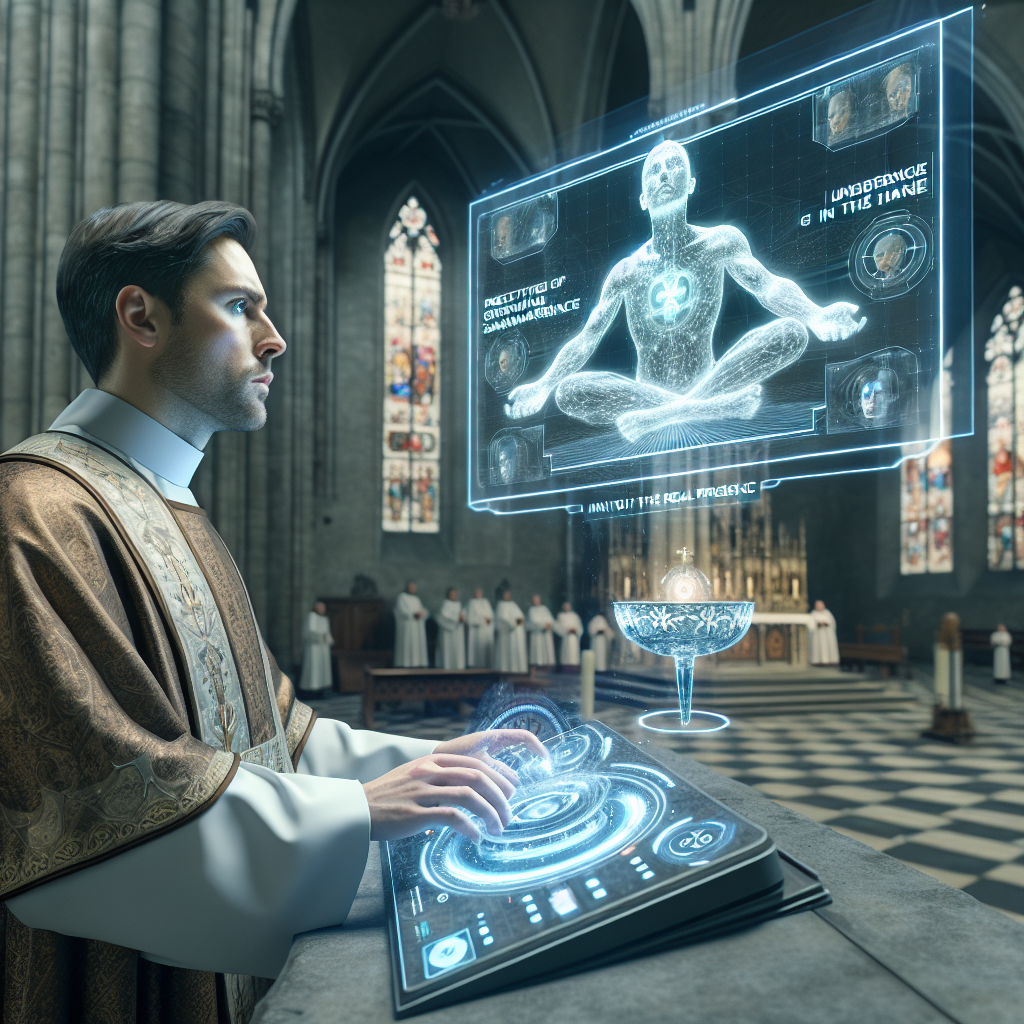In a recent commentary by Archbishop Carlo Maria Viganò published in Lifesite News, the author critiques the reforms surrounding the administration of Communion following the Second Vatican Council. Viganò asserts that these changes, particularly the introduction of the Novus Ordo Missae, were not responses to the genuine desires of the faithful but rather imposed by a group he identifies as “subversive Modernists.” He emphasizes that these liturgical reforms were designed not only to change practices but to subtly influence the beliefs of the faithful, altering their understanding of the Real Presence of Christ in the Eucharist. Viganò highlights that the reversal of the adage “Lex orandi, lex credendi”—which traditionally means that the law of prayer is the law of belief—has occurred. Instead, he argues that the new practices (heteropraxy) have shaped heterodox beliefs, leading to a dilution of orthodoxy among the laity.
The Archbishop discusses how the modes of receiving Communion symbolize a broader theological shift. For those who kneel to receive Communion in their mouths, their gestures reinforce belief in the Real Presence. Conversely, the practice of receiving Communion standing and in the hand undermines this belief and promotes a lessening of theological understanding. Viganò points out that the changes were deliberate attempts by certain members of the hierarchy to challenge and repudiate established traditions and past doctrines without formally altering the Church’s teaching on the matter. This change in practice represents a significant shift that has affected the faith of countless Catholics, particularly regarding their understanding of the sacrament.
Viganò further drives home his point by referencing the insights of modern technology, particularly an artificial intelligence app, ChatGPT. He posed a hypothetical question regarding how a Pope might weaken belief in the Real Presence of Christ through changes to the Communion rite. The AI’s response outlined various potential modifications that would contribute to a diluted view of the sacrament, including simplifying rituals, downplaying the sacredness of Communion, and allowing more informal modes of receiving Communion. Viganò uses this illustration to emphasize that even non-human intelligence can recognize the implications of these liturgical changes, suggesting that the agenda to undermine the faith is apparent in the reforms that have taken place since the Council.
Moreover, Viganò’s commentary reflects a deeper concern about the architectural shifts within the Church. He is critical of what he perceives as a systematic secularization of Catholic practices and beliefs. The transformation of the rites was not just about aesthetics but had profound implications on the theological integrity of the faith. The abandonment of kneeling for Communion, for instance, symbolizes a disconnection from the sacred and a move toward an informal approach to the divine. Viganò argues that such changes betray the essential nature of the Eucharist as a sacrament of faith and a communal expression of belief in Christ’s true presence in the elements of bread and wine.
A significant aspect of Viganò’s critique revolves around the apparent disregard for the traditions that have defined Catholic worship for centuries. He states that the hierarchy’s insistence on new forms and practices serves to alienate the faithful from their rich liturgical heritage. The practices that have been altered or abandoned are seen by Viganò as essential to maintaining a robust understanding of the faith. He perceives the changes as efforts to reshape not just rituals but the entire ecclesiological framework within which Catholics understand their relationship with God, with the implication that this shift invites heretical ideas to take root among the faithful.
In conclusion, Archbishop Viganò’s reflections encompass deep concerns about the future of Catholic liturgical practice and the faith of the laity. He warns that the alterations to the rite of Communion are indicative of a broader crisis in the Church, fueled by modernist ideologies that seek to compromise the core beliefs of Catholicism. For Viganò, the integrity of worship is inseparable from the fidelity of belief, asserting that if the practices of the Church are compromised, so too is the very essence of the faith that Catholics hold dear. He calls for a return to traditional practices that affirm the Real Presence in the Eucharist and restore the theological foundations that have sustained the Church throughout its history. In advocating for these positions, Viganò embodies a larger call for ecclesiastical renewal grounded in a fidelity to faith and tradition amidst contemporary challenges.

